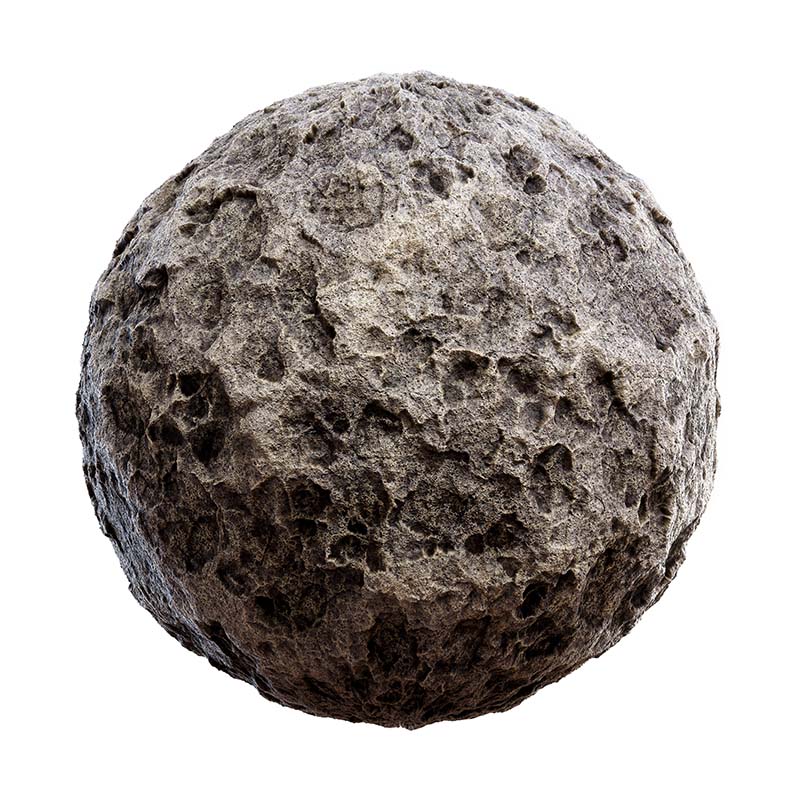
Compaction bands have been observed in porous sandstone formations in the field and n laboratory compression tests on porous sandstone, plaster, glass beads, polycarbonate honeycombs and metal foams. Using a “zero order” continuum approximation, the spatially stochastic distribution of grains in clastic rocks is shown to be important in the formation of the en echelon arrays of microcracks that form shear bands.Compaction bands are localized, planar zones of compressed material that form perpendicular to the maximum compressive stress.

While the continuum model replicates many of the observations, it fails to account for localization by en echelon arrays of extensile microcracks that precede macroscopic shear faulting. The effects of this are analyzed using an elastic continuum within which Mode II displacement across microcracks and Mode I microcrack growth results from heterogeneous stress concentrations that produce local tensile stresses. Mode I microcrack growth is observed to occur by a variety of mechanisms such as bending, point loading and sliding cracks. At the deformation state of interest, the temperature is lowered to solidify the metal, thereby preserving the microstructure as it exists under load and facilitating subsequent preparation of the specimen for microscopic study. In this technique molten Wood’s metal at about 100☌ is used as a pore fluid at a pressure of about 10 MPa, and the experiments are conducted using the concepts of effective stress. The stress-induced microstructural changes brought about by successively more complicated states of stress produced by uniaxial and triaxial compression of circular cylinders, axisymmetric stresses in hollow cylinders, and indentation by hemispheres in Indiana limestone and Berea sandstone have been preserved using Wood’s metal porosimetry. Much of it has been attributed to the growth of extensile microcracks. This behavior derives largely from changes in the microstructure of the rocks. Under differential compressive stress rocks exhibit nonlinear deformation that includes initial compaction, near-linear elastic behavior, and strain-hardening followed by strain-softening and dilation (or compaction in clastic rocks) and localization. Journal of Verification, Validation and Uncertainty Quantification.Journal of Thermal Science and Engineering Applications.Journal of Offshore Mechanics and Arctic Engineering.


Journal of Electrochemical Energy Conversion and Storage.Journal of Dynamic Systems, Measurement, and Control.Journal of Computing and Information Science in Engineering.Journal of Computational and Nonlinear Dynamics.



 0 kommentar(er)
0 kommentar(er)
